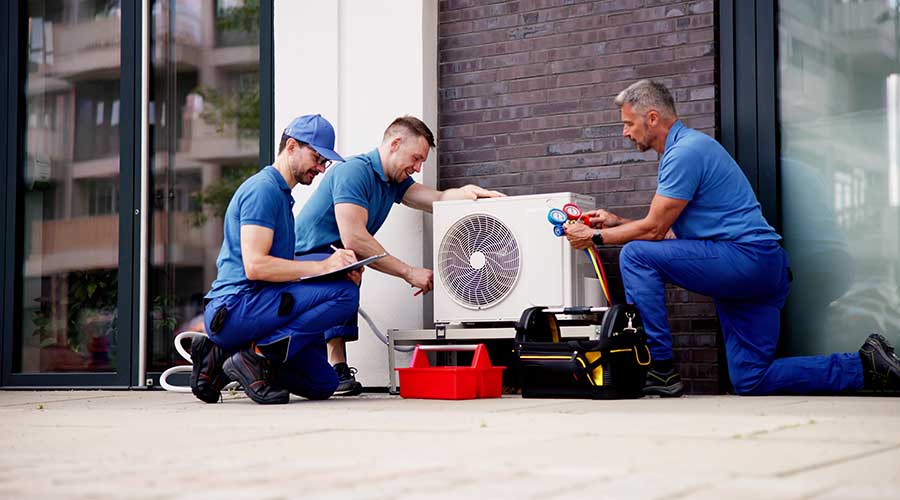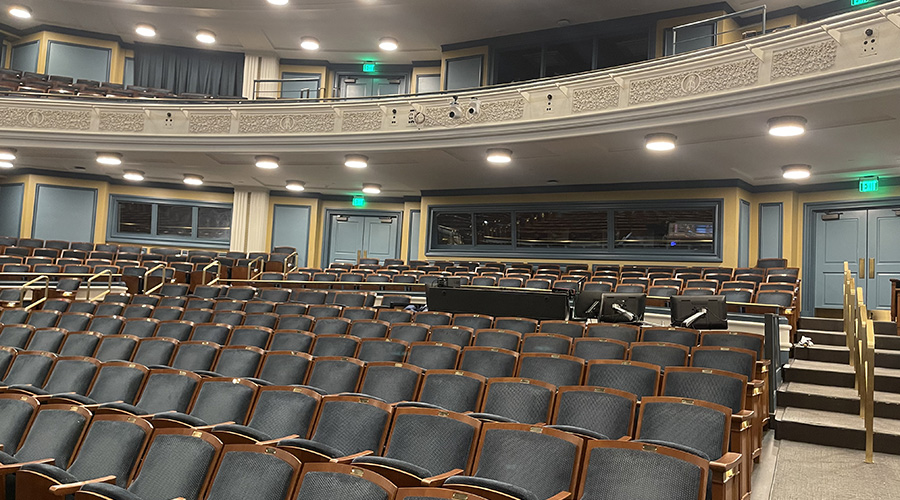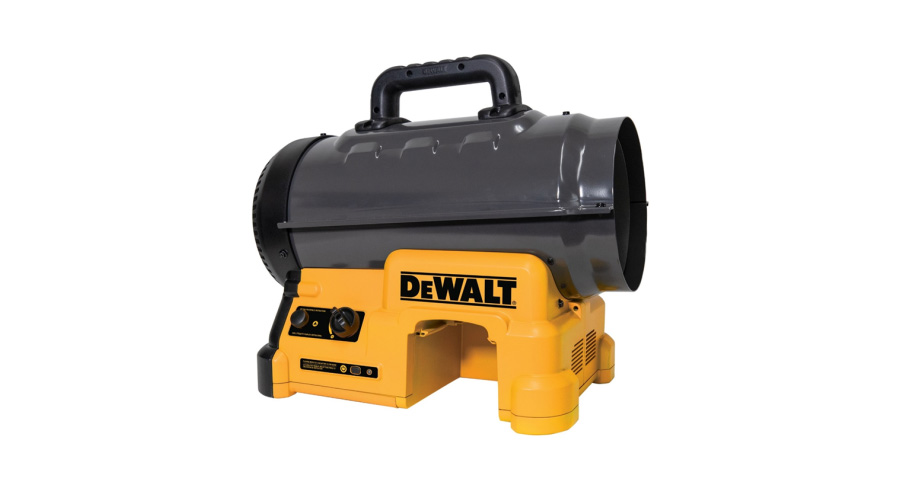
Robotics May Be a Potential Solution to Ongoing Labor Shortage
From security to cleaning, robots can assist with basic facility management tasks. April 24, 2025
By Jeff Wardon, Jr., Assistant Editor
In the facilities management industry, closing the gap left by a labor shortage is a prime concern. A large portion of the workforce is reaching retirement age and, unfortunately, there are few candidates willing to replace them.
“There were labor shortages even before COVID hit,” says Elad Inbar, chief executive officer at RobotLAB and author of Our Robotics Future. “However, the observation is that people that were employed in these positions when the pandemic hit today are five to seven years into their careers. They’re not willing to do entry level positions anymore and they want to get ahead in their careers.”
Without willing professionals to fill these roles, the gap will only widen, and facility operations will suffer.
Employees who do join the industry need to be empowered and given higher value tasks, says Inbar. However, this is a challenge when the entry-level tasks still need to be done. This is where a solution comes in: robots.
Use cases for robots
Robots are being used more in functions where it’s hard to find and keep laborers or where staff no longer want to take on repetitive, low skill tasks, says Inbar. Their role isn’t to replace humans, but instead to fill the gap where staffing shortages make coverage difficult, especially in areas like cleaning, routine maintenance or building surveillance.
Take cleaning robots as an example, these automatons can scrub the floors of entire rooms or long corridors. They can also vacuum the same areas, too. While sounding like something out of The Jetsons or Star Trek, this technology already exists – and it’s providing relief for staff from time-consuming cleaning duties.
Maintenance and security are two other areas seeing benefits as well. A research paper from the Bucharest University of Economic Studies demonstrated how robots outfitted with cameras and sensors can patrol facilities, detect anomalies and stream real-time video of possible security incidents. In addition, the paper also noted that robots can conduct routine inspections, change filters or light bulbs and even flag down potential issues before they escalate, essentially giving facility managers an early warning system.
This means robots can assist with basic functions of facilities management. Doing so allows for facilities professionals to now refocus their efforts on more detailed tasks and larger initiatives such as energy optimization or long-term capital planning. Effectively, robots help with offloading the daily grind.
Robots working alongside humans
Although robots can provide coverage for more routine and time-consuming work, there’s one major hurdle to full adoption according to Inbar: fear.
Employees are concerned that robots will replace workers and take their jobs. But Inbar disagrees.
“Employees must understand that the robots aren’t here to take their jobs, they're here to help,” he says. “Robots cannot replace people; they can only do one task and do it very well.”
The simpler routine tasks are what the robots are designed to do, so they can only perform optimally when doing as they’re intended for. A security robot wouldn’t be able to clean, and a cleaning robot wouldn’t be able to perform maintenance.
Given that, facilities staff can be trained in how to manage and direct the robots to do the simpler tasks, thus being elevated to a new type of position. That then releases them to do other tasks that management wants them to focus on, and in turn, gives them opportunities for higher paying roles.
“Robots are, in a way, promoting them and helping them upskill their entire work skills so they become more valuable to the business and provide more than the basic duties because now they’re running a fleet of robots,” says Inbar.
Jeff Wardon, Jr., is the assistant editor for the facilities market.
Next
Read next on FacilitiesNet












